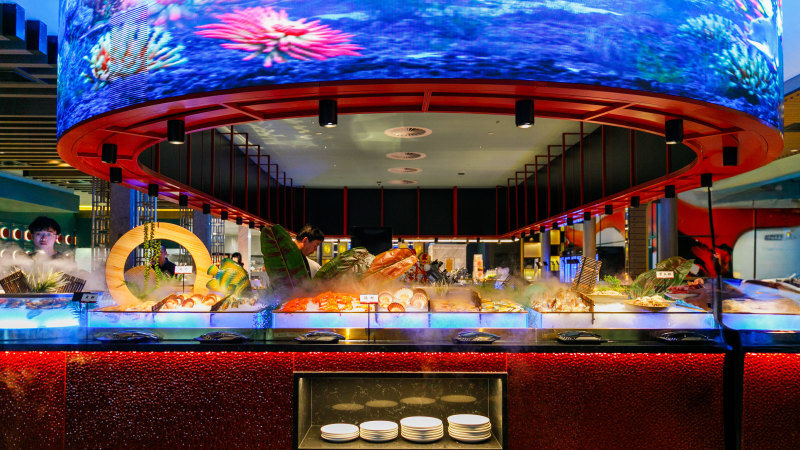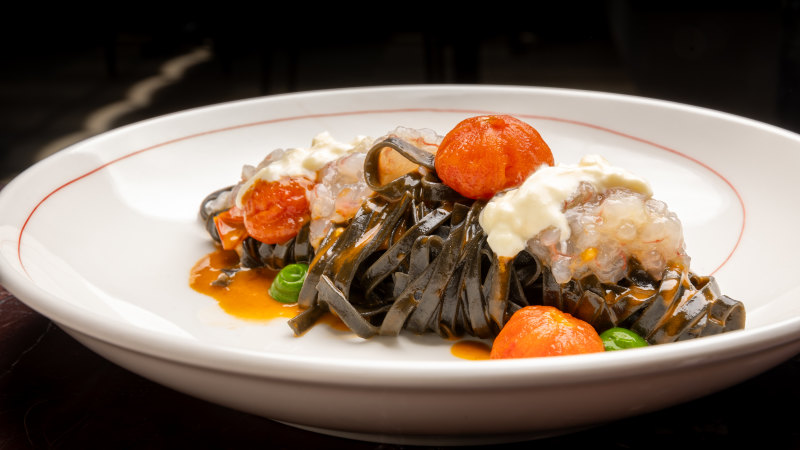Sitting down at your favorite sushi restaurant isn't just a chance to enjoy an exciting meal; it's a ritual. The table is set with chopsticks and their resting trays and small bowls in which pieces of maki, nigiri, or sashimi can take a dip in what many diners consider to be sushi's most critical seasoning — soy sauce. In many places, the bottle of soy sauce — often produced by Kikkoman — is an iconic element all its own.
The Japanese brand is more than a century old, and its dispenser, introduced in 1961, can now be found in more than 100 countries; it even holds a trademark in several of them. The company relies on the shape and look of the bottle — a bulbous body with a narrow, short neck and an orange or green plastic top (the latter indicating lower sodium) — to represent the brand and hopes it invokes memories and nostalgic feelings for those at the table. For hungry diners, though, it can also spark fear.
Anyone who has ever been eager to dive into their dinner may have found themselves in a pool of brown liquid, as the thin sauce can come from the bottle fast and furiously. But if you've noticed and wondered why that Kikkoman bottle has two spouts, it's because they have already given you the solution to this problem. This curious design is intended to slow and stop the flow of soy so you can control your pour.
How those two spouts work together It couldn't be simpler to use this ingenious design. When you tip the bottle toward your bowl, you release a strea.

















